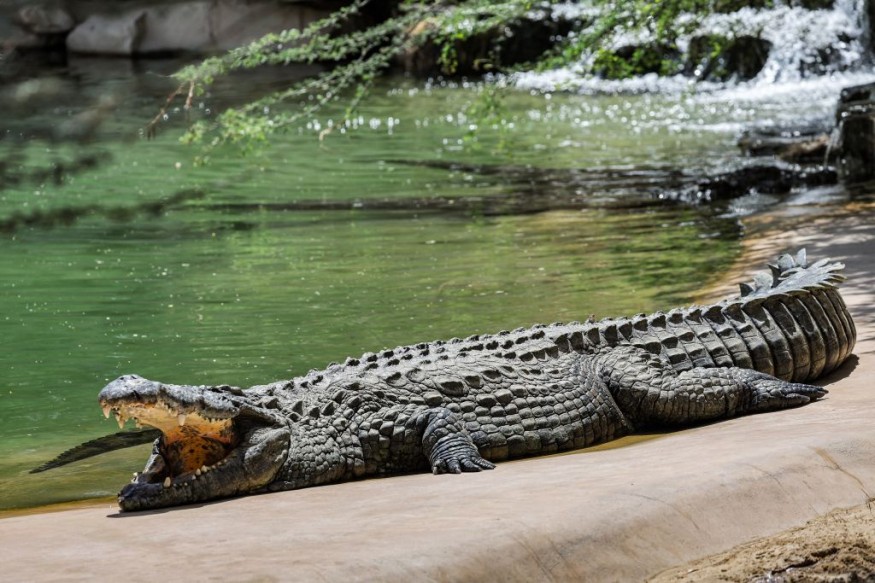
The hunt is on for the crocodiles that were able to escape from a farm in China amid the onslaught of Typhoon Haikui in the past weeks.
Of the 75 crocodiles that were able to flee from the breeding farm, dozens were still at large after the lake in Maoming in Guangdong province had overflowed.
There were 69 adults and six juvenile crocodiles that had escaped, according to authorities.
Some of the crocodiles have already been recaptured while the others were shot or electrocuted to ensure the safety of the public.
At large crocodiles
Officials have started using sonar detection equipment in order to locate these crocodiles that are on the run.
So far, authorities said no casualty had been reported yet, adding that the situation is still under control. This was despite the fact that most of these crocodiles are still freely swimming in the deep waters.
Members of the emergency force, who were dressed in helmets and high visibility vests, have already been deployed and seen on boats in search of the crocodiles.
Officials have reminded the public to be vigilant and cautious as well as to stay indoors as often as possible to ensure their safety from the reptiles.
Siamese crocodiles
It is believed that the crocodiles on the loose were Siamese ones.
Experts said that the Siamese crocodile is a medium-sized, freshwater species distinguished by a prominent bony crest at the back of its head.
They said that Siamese crocodiles were once widespread throughout much of the area of mainland Southeast Asia, specifically in a range of wetland habitats including slow-moving rivers, lakes, marshes and swamps.
Unfortunately, the said species has currently disappeared from 99% of its former range, and was widely feared to be extinct in the wild until its rediscovery during FFI-led surveys in Cambodia's Cardamom Mountains.
At present, this species remains one of the world's rarest reptiles and they have been reduced to small, fragmented populations in Cambodia, Indonesia, Lao PDR, Thailand as well as Vietnam.
Scientists said that fully grown Siamese crocodiles do not usually exceed 3.5m in length, adding that this type of crocodile usually feed on small animals including snakes, frogs and fish.
They said that Siamese crocodiles rarely feed on a larger prey. Experts also noticed that adult Siamese crocodiles construct burrows, but their purpose for doing this remains unclear and undetermined.
The blood of the Siamese crocodile was found to have antimicrobial properties. Most of the estimated one million Siamese crocodiles in captivity are hybrids and mongrels.
According to studies, Siamese crocodiles produce fine, soft leather and are easy to breed in captivity.
Most wild-caught species have been hybridized or crossbred with other crocodile species, with experts saying that this move compromises the genetic purity of the vast majority of captive stock as well as it severely depletes the wild population.
So far, the illegal collection of wild crocodiles has continued to pose a threat to the species' survival.
Further, it has been under serious pressure from poaching, habitat loss, accidental entanglement in fishing gear, and the construction of hydroelectric dams.
Related Article : Northern Territory's Crocodile Population Suddenly Increases After Pushed to the Verge of Extinction
Related Video:
© 2025 NatureWorldNews.com All rights reserved. Do not reproduce without permission.





